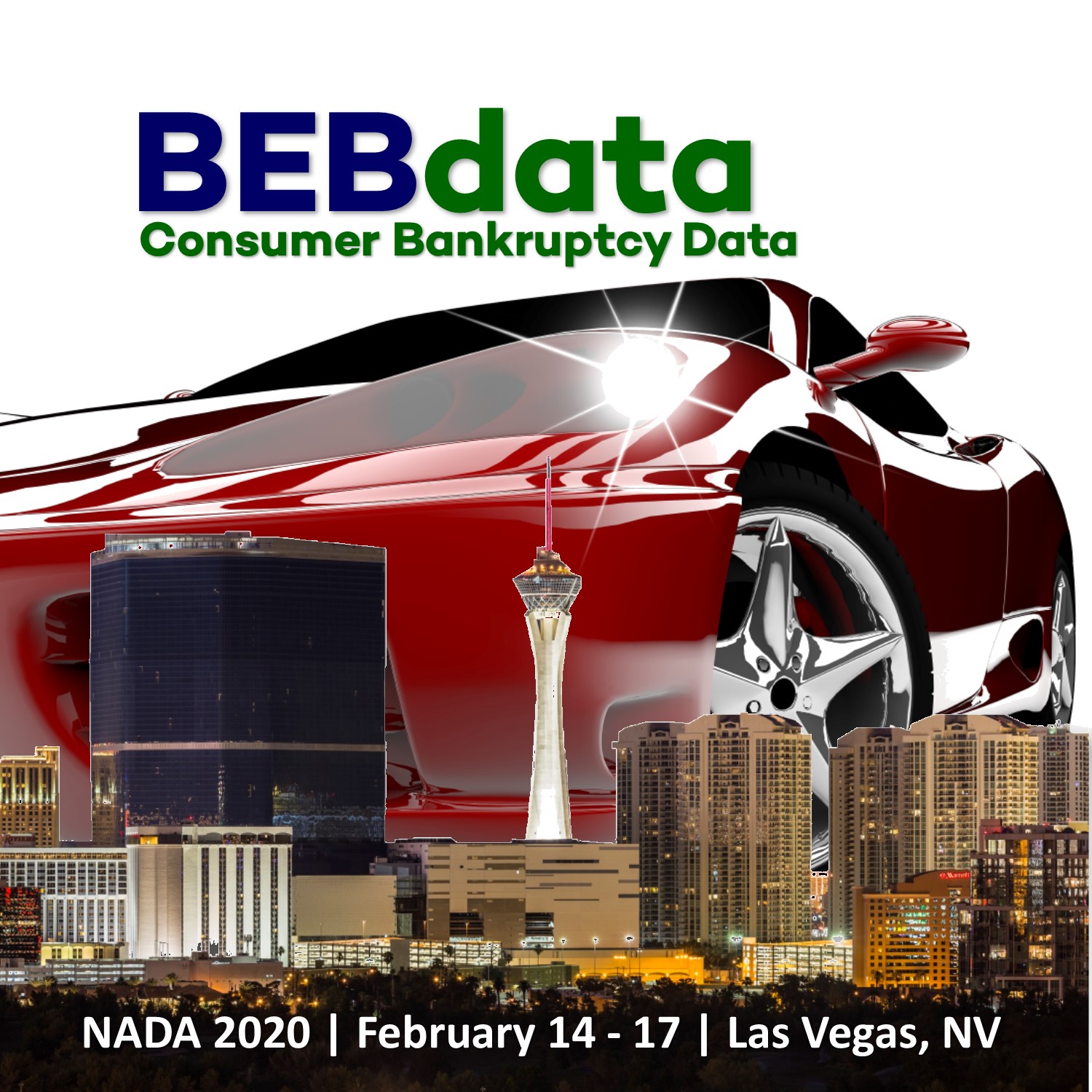 Six Major Trends in Lending for Financial Marketers this Year
Six Major Trends in Lending for Financial Marketers this Year
The forecast for most forms of consumer credit is good. Lending volume, growth in balances, and overall performance look upbeat for the year ahead. Banks and credit unions will try new marketing strategies, explore new products, and experiment with new technologies. Over the next six-weeks, we’ll review major trends in consumer lending that financial marketers should watch closely.
#4 Unsecured Personal Loans in Digital Channels
Unsecured consumer lending has had growing appeal to banking providers, and more of it may be executed through fintech partnerships. In late October 2018, for example, HSBC Bank announced that it would use Amount, a tech platform from online lender Avant, to lend to consumers digitally.
“The U.S. unsecured personal loan market is growing at 20% annually, surpassing $125 billion in balances,” says Pablo Sanchez, Regional Head of Retail Banking and Wealth Management for HSBC for North America.
Sanchez says that millions of consumers need loans for unexpected expenses, debt consolidation, or home improvements. The Avant platform can get funds to approved borrowers as soon as the next day.
TransUnion predicts that unsecured personal loans from all types of lenders will rise to an all-time high of $156.3 billion by the end of 2019.
“Originations will remain at healthy levels across all risk tiers due to more lenders participating in the personal loan market,” says the credit bureau.
“We see the continued benefit of lighter-touch regulation,” says Jason Laky, SVP and Leader, Consumer Lending. “Personal loans have reemerged as a staple of the American consumer’s financial portfolio.” Laky says that many of these unsecured loans are offered by non-bank fintech lenders that make it much easier for consumers by offering an online application processes.
Lane Martin, Partner at CAPCO, who recently headed a report on the subject, says the speed of obtaining credit also appeals to consumers. In addition, unsecured loans can sometimes be cheaper than credit cards. For traditional lenders, using digital lending to build connections to consumers can pay off in later cross sales, the report points out.









